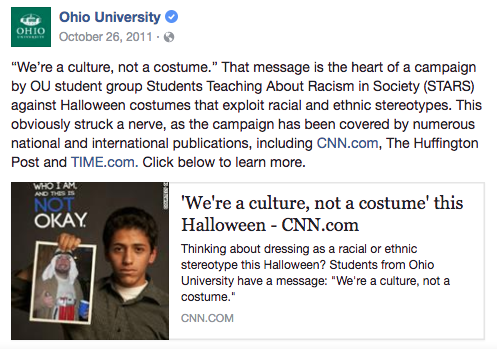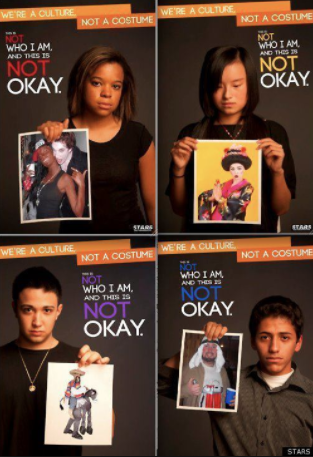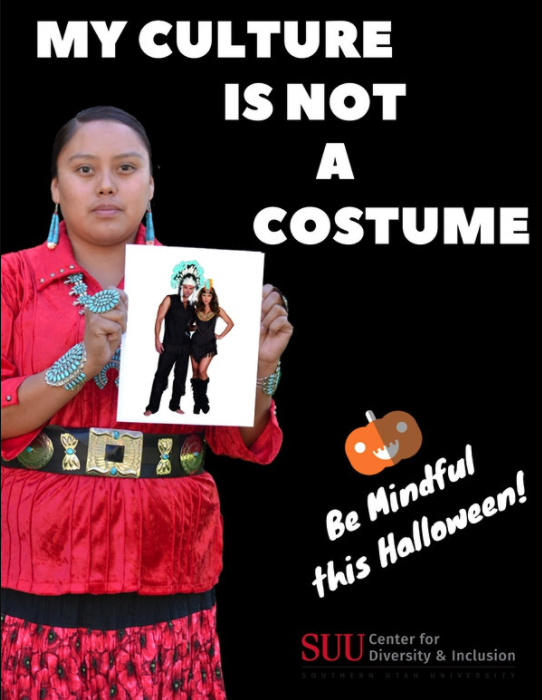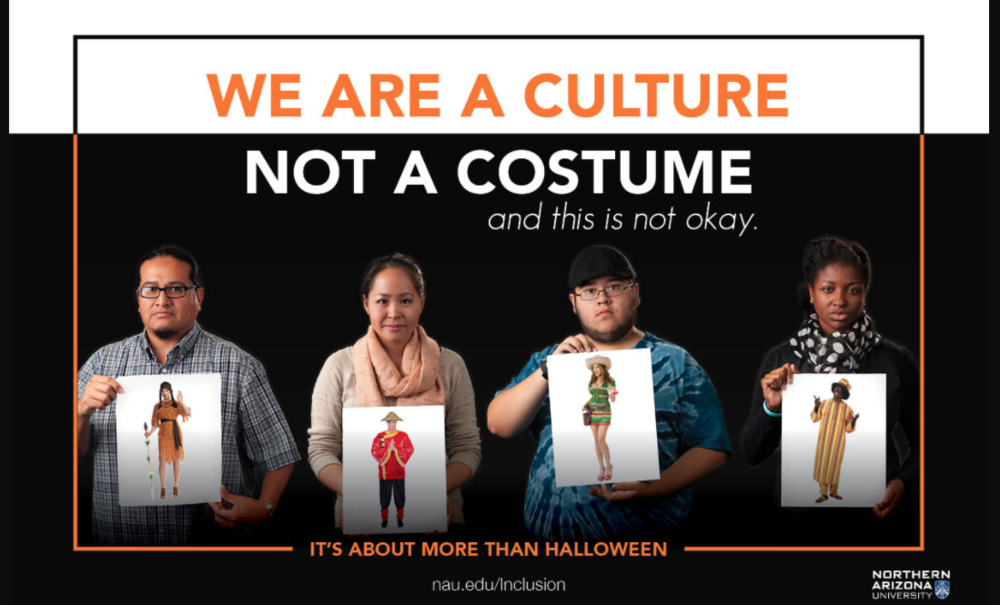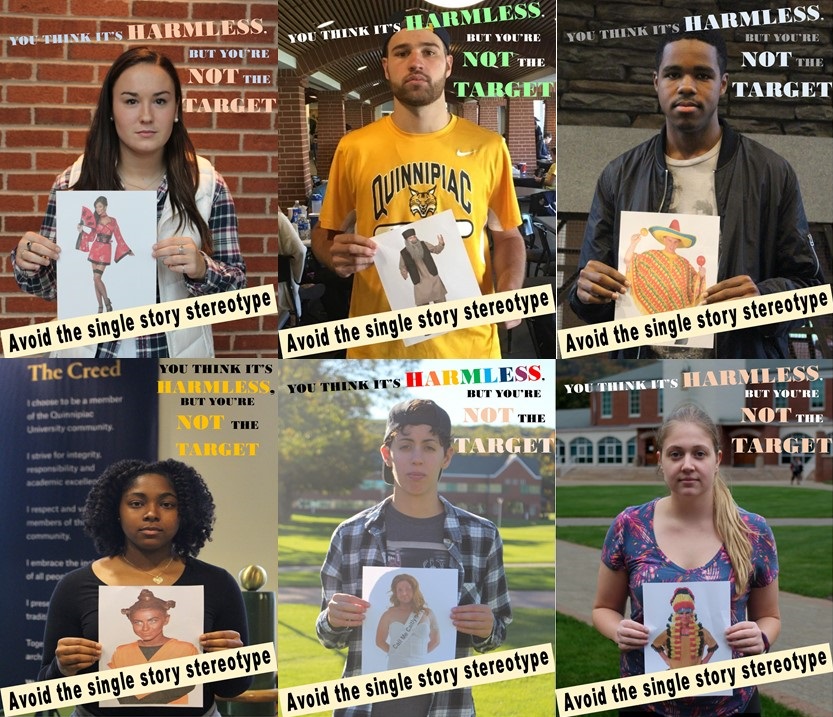By Dorah Labatte
The “my culture is not a costume” campaign was first introduced to Quinnipiac University in 2014 by the Department of Cultural and Global Engagement (DCGE.) The campaign was inspired by the “we’re a culture, not a costume” campaign by the Students Teaching About Racism in Society (STARS) student group at Ohio University. Some of the cultural costumes in the campaign include the Native American costume, Mexican costume, costumes involving black face, geisha costumes and gay/lesbian costumes. Many of these costumes are still sold at Halloween costume superstores like Party City and Spirit Halloween.

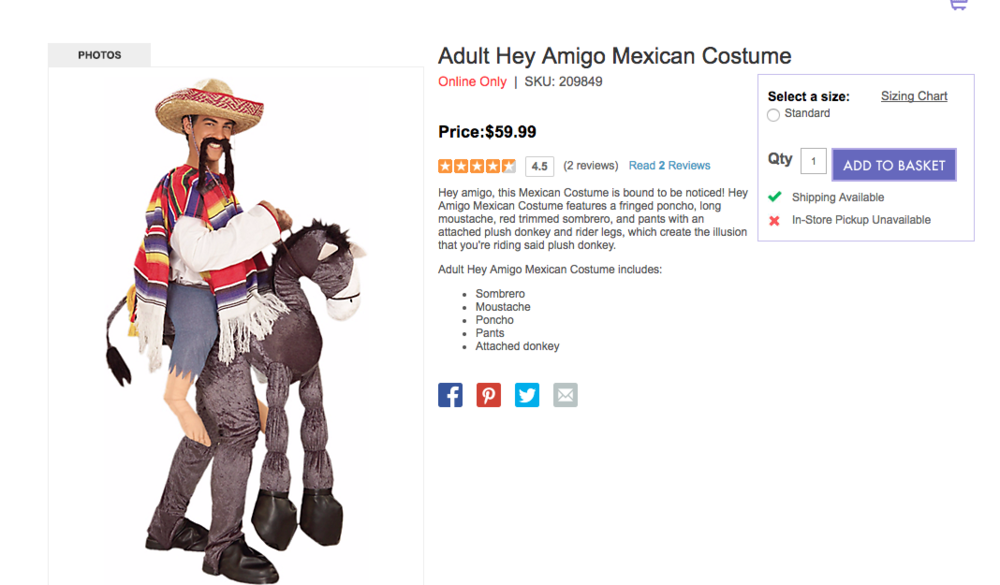
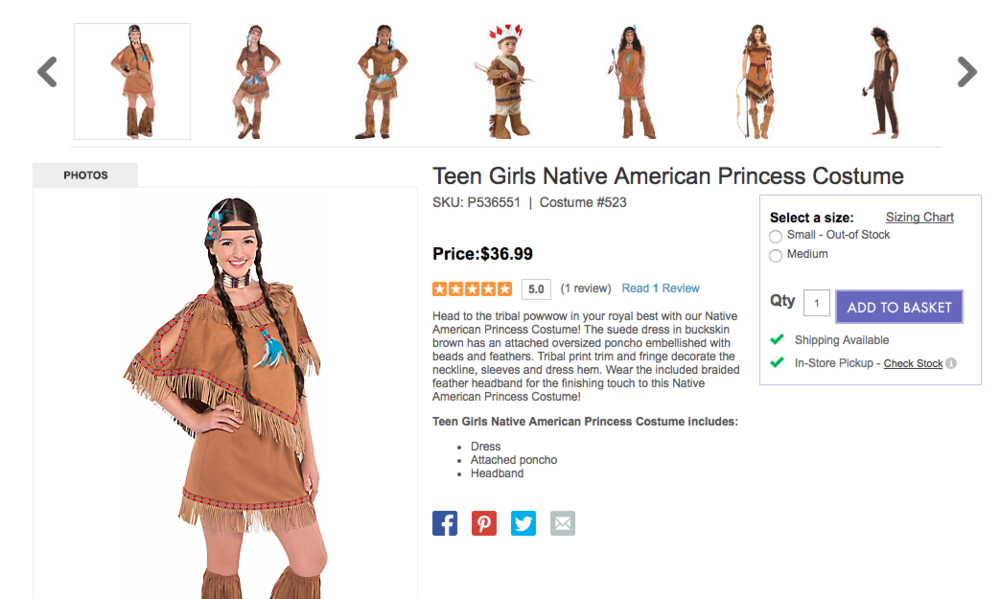

The campaign aims to raise awareness on cultural appropriation during Halloween in hopes students will stop buying these costumes.
Over the years, many universities in different states in the the nation have recreated the campaign on their campuses. The Quinnipiac “my culture is not a costume” campaign included costumes that mock those who suffer from a mental illness, in addition to those that mock races, religions and ethnicities.

Photo courtesy of Abbie O’ Neill
Quinnipiac’s Latino cultural society president, Kelsey Bombon, was involved in the campaign. Bombon held a photo of an individual in an anorexia costume.
“Once the photo was published I felt no one understood it,” said Bombon. She added that the campaign in 2016 was rushed and the photos were marketed too late.
“My freshmen year, when they did it for the first time, it was was more impactful because orientation leaders were a part of it…many people knew who the faces of the campaign were,” she said.
“It started as students holding images of costumes that are not appropriate. The view on it was one of three things. Either students walked by and knew nothing of it, they saw their friends in the images and made fun of them or students would see it and recognize that they couldn’t wear the costume but didn’t understand why,” said Abbie O’Neill, DCGE director of student engagement.
O’Neill said this year she aimed to make the campaign more active than passive. DCGE alongside the student government association hosted various events to provide a space for students to tell their stories and have a discussion about cultural appropriation. The most recent was “your voice at Quinnipiac” on Oct. 20 in the piazza, where students volunteered to tell their personal stories related to cultural appropriation and discussed with others why it is wrong.
“I feel like there are still people who have a lot to learn…there are people who are aware of the campaign but don’t understand the deeper meaning of ‘my culture is not a costume,” said Yadley Turnier, student leader on the multicultural council.
Turnier attended “your voice at Quinnipiac” where she participated in discussions about cultural appropriation during Halloween.
“It happens all year round, but we only notice it around Halloween,” said O’Neill. Students face bias related incidents and hate crimes throughout the year.
Megan Buda, Quinnipiac director of student conduct, said the data student affairs has in relation to bias-incident reports does not reflect an increase in inappropriate Halloween costumes.
“Don’t remember having any reported bias incidents related to Halloween costumes that was reported to us,” she added.
Although there isn’t an influx of reports during the Halloween holiday, there have been more reports on bias-related incidents over the years.
“I think there’s more conversation around it now than when we first started,” said O’Neill.
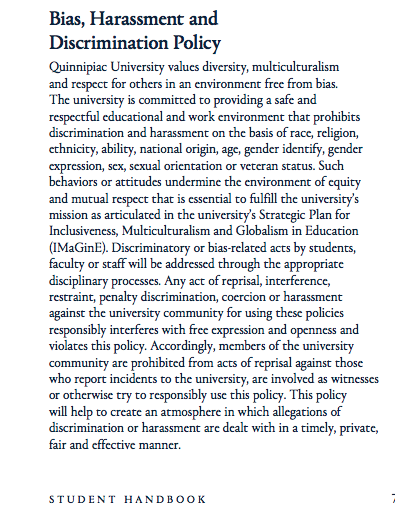
“Bias, Harassment and Discrimination policy” is defined in the student handbook. If you experience or witness such actions taking place, report it to Quinnipiac’s office of student affairs.
